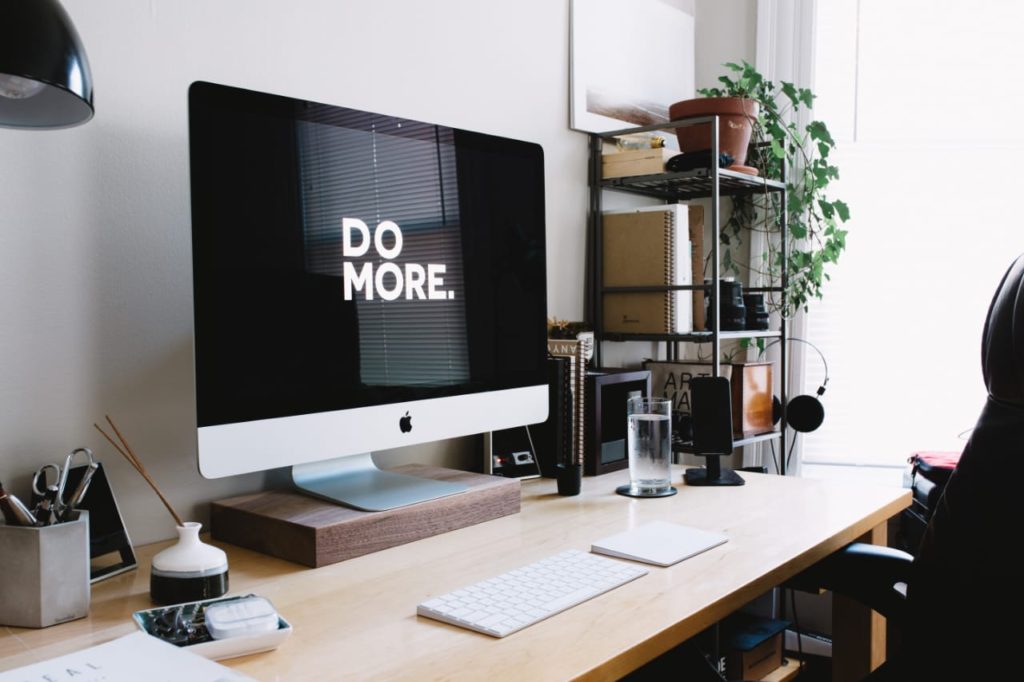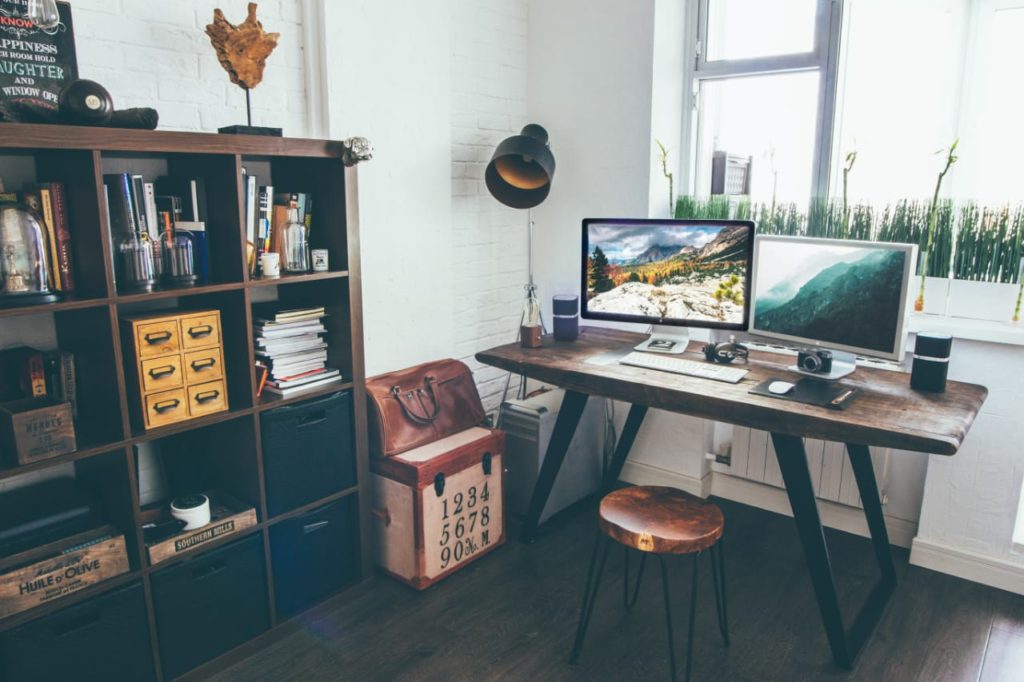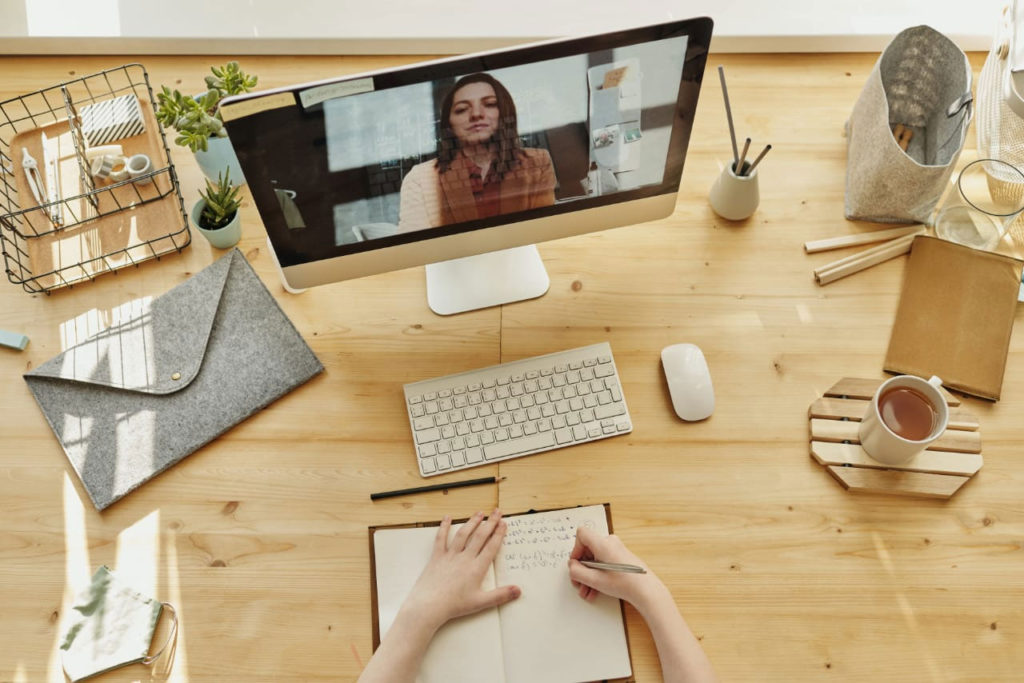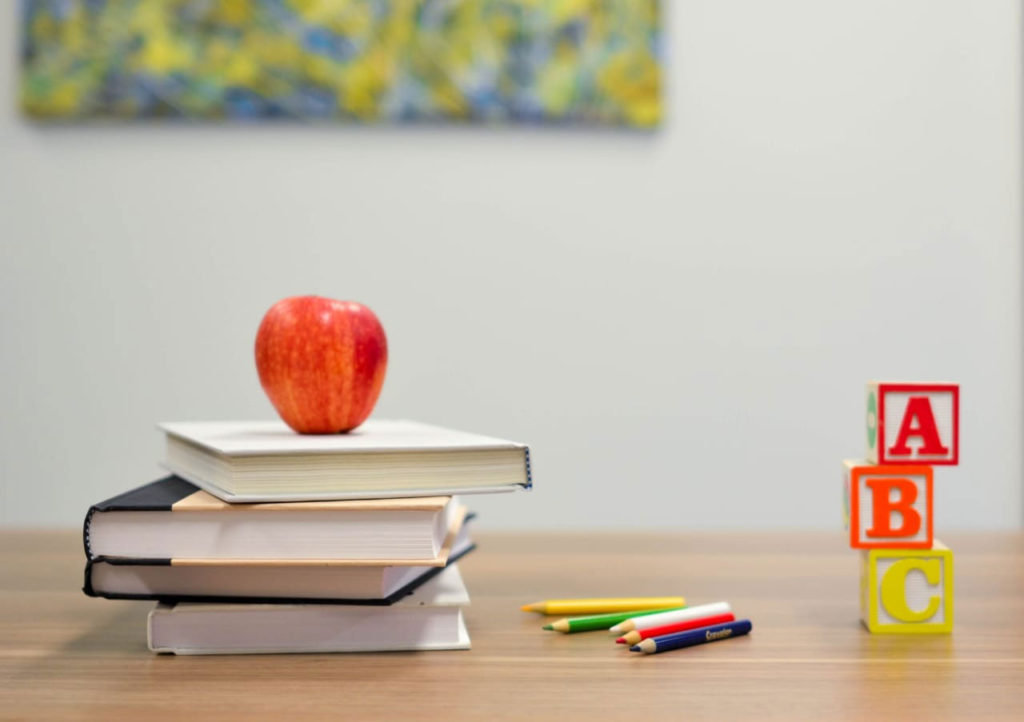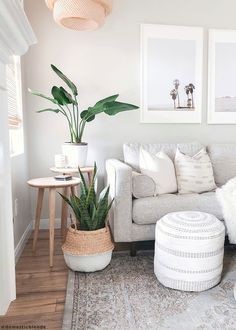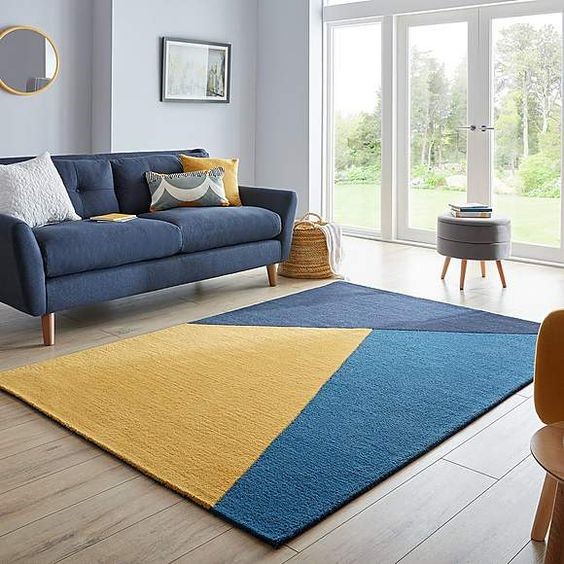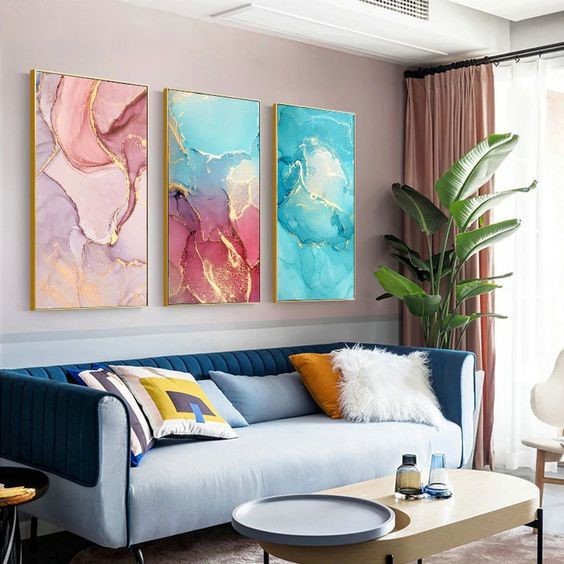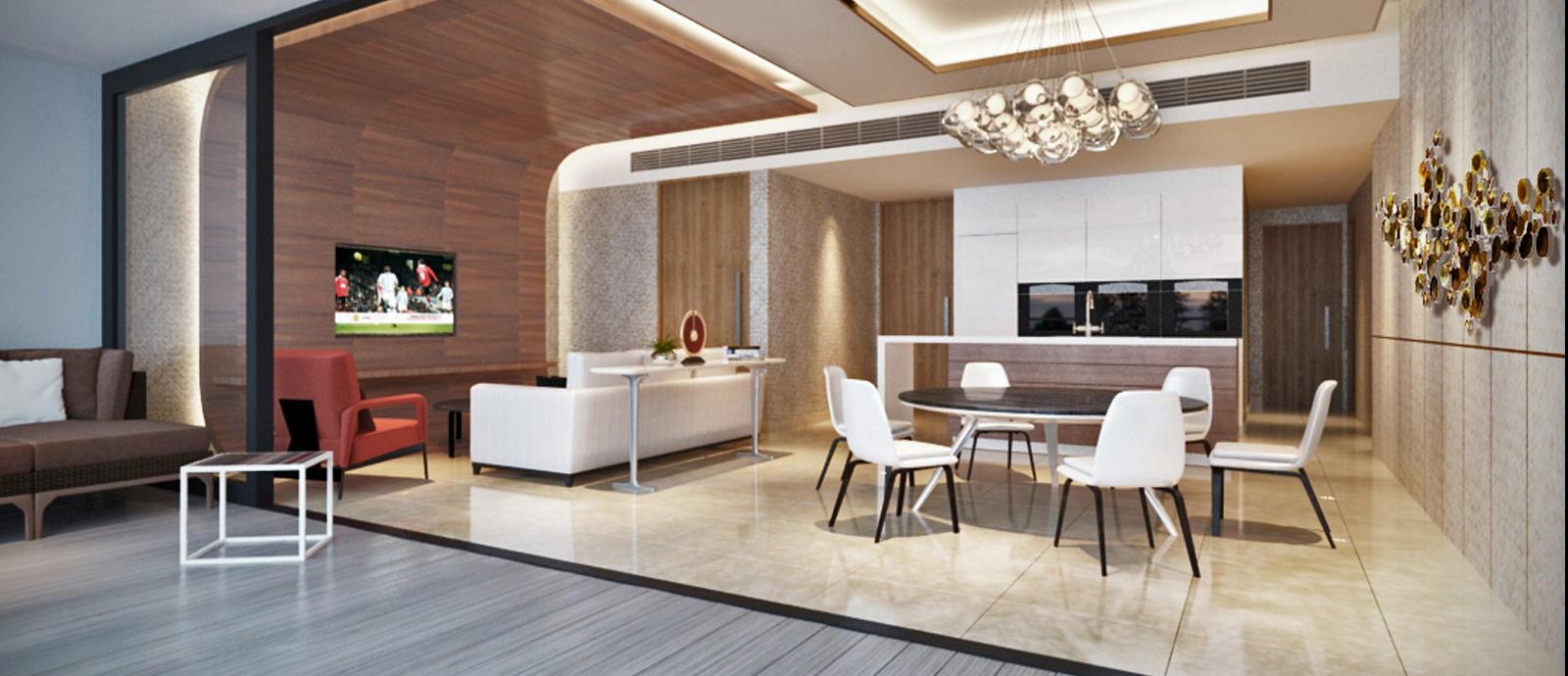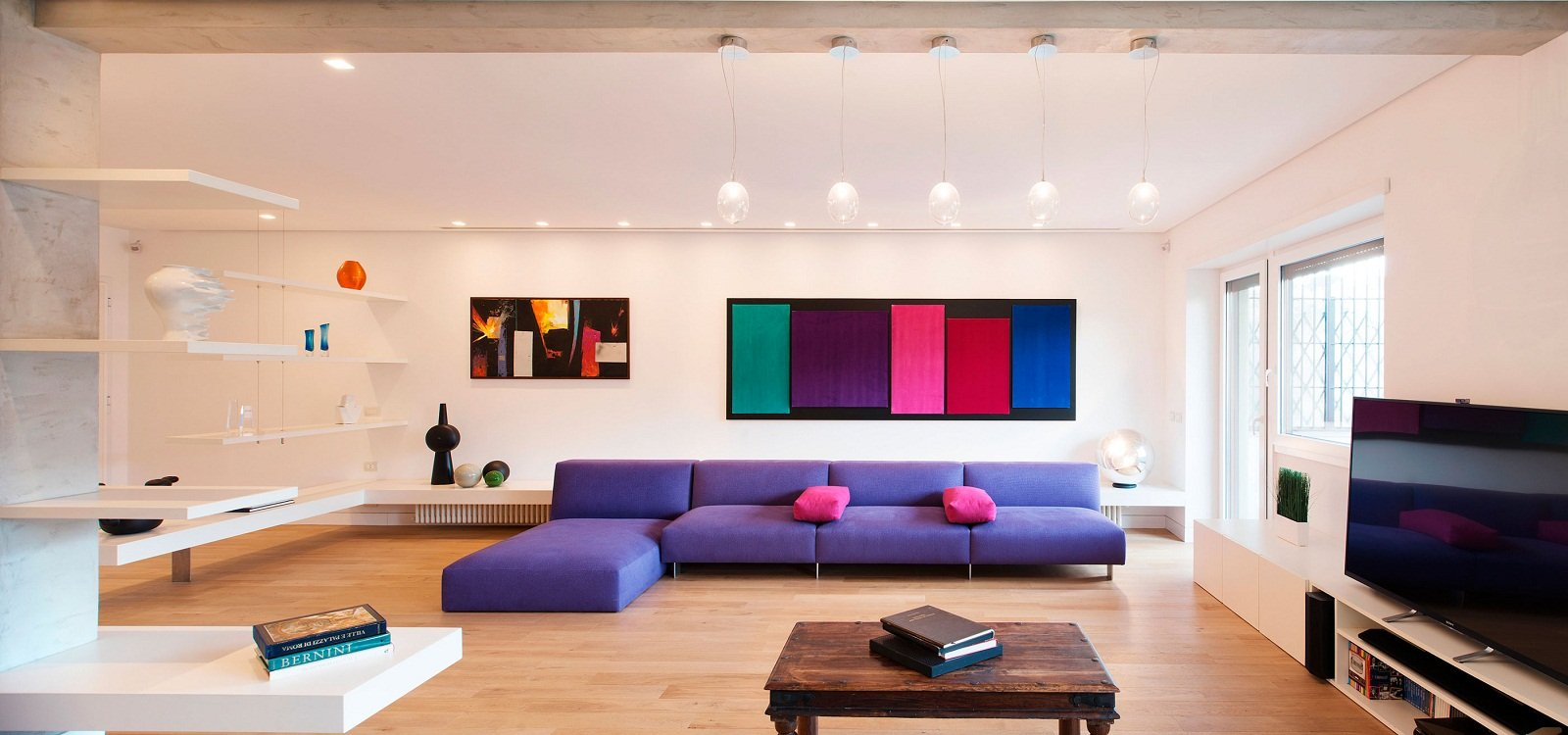This year has brought the concept of eLearning to the forefront as most schools and colleges have started offering online classes. The system of education is adapting rapidly to improve the learning experience for students while ensuring their safety. Many reputed institutions are also offering an array of courses with covetable certification for working professionals.
Online learning has several advantages like learning from the comfort of your study table at home, ample break time, more time for assignments, lower fees etc. For working professionals, this is a great opportunity to get certified for skills they have wanted to acquire but never had the time. Self-paced learning gives you the flexibility to learn alongside your professional and family commitments.
Needless to say, this online learning has its own sets of drawbacks like lack of face-to-face support, procrastination, need for self-motivation, lack of a study room etc. Here are some tips to make the learning experience more enjoyable and productive for you.
ENVIRONMENT IS THE KEY TO PRODUCTIVE LEARNING
Being comfortable is the key to absorbing what is taught. But if you get too comfortable, that doesn’t work as your mind tends to wander and you could end up snoozing. That is why a controlled classroom environment works well.
Make use of a study room if you have one. If you don’t have a separate home study, you can rearrange your bedroom interiors to put together a writing desk where all the related books, laptops, stationery etc., can be organized.
Place the study table where you get natural light and fresh air, so you stay fresh and alert. When opting for additional light, ensure that it does not glare at your eyes or onto the screen.
Ensure that the table has proper electrical sockets nearby and receives good internet connectivity.
Keep it clutter-free so that you can get at what you want easily. You don’t want to be searching for notes or a notepad or a pencil in the midst of a class. You could get desk shelves or partitions to keep things in place.
Many students don’t have access to a computer but learn using smartphones or tablets. Create a stand or a holder for the phone. This way, your hands will not have the strain of holding a device for a long time and you are free to take notes. You can create this by fixing a wooden shelf or plank at eye-level or even stacking books, on which to rest the device.
If you are sharing your study room, use earphones so that your lectures do not disturb the other person.
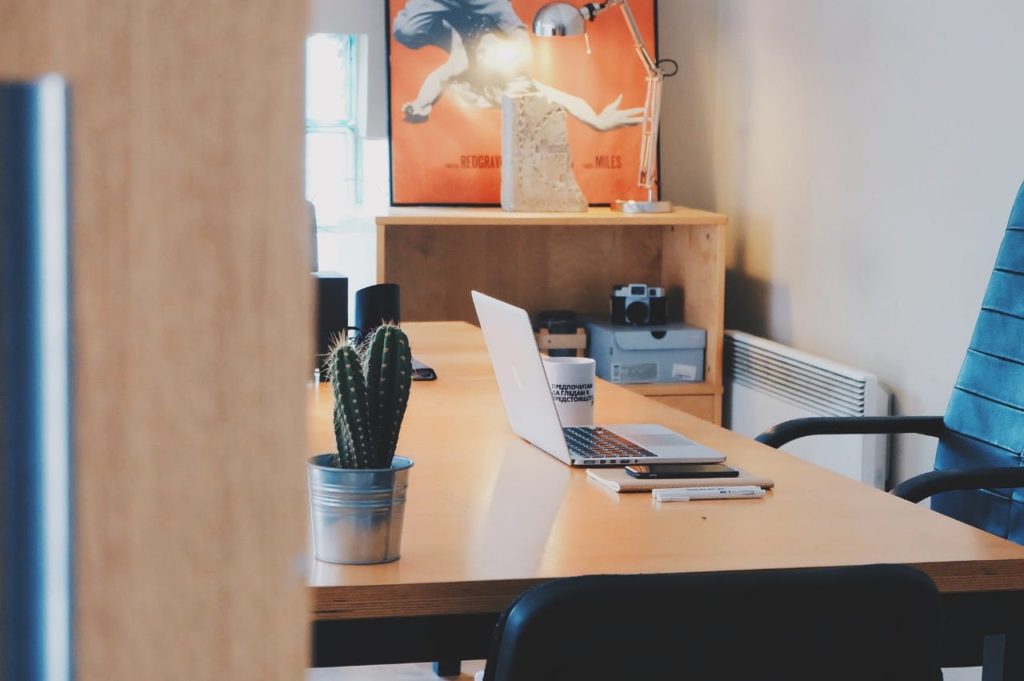
TAKE CHARGE OF YOUR LEARNING
Make yourself accountable for your learning – be it live online classes or recorded sessions for self-learning. One easy way to do this to make a TO-DO chart and set tasks to be completed with specific timelines. This way you will not miss out on any important deadlines. You could fix a whiteboard vinyl sticker to the wall in your room or on one part of your table surface. Put up what you need to do and erase as you complete tasks! By being organized, you can get more value out of your learning. Else, you can find yourself studying last minute before tests or submitting poor quality assignments.
TIME MANAGEMENT IS CRUCIAL
You could be a student who is taking extra courses or a working professional who is learning a new skill. Since this system offers you the advantage of time flexibility, make the most of it! However, if each course is not allocated a specific time based on your learning speed and other commitments, it can be easily forgotten or put off indefinitely. Schedule a weekly plan on your desk calendar as a reminder for you to complete your course. Allocate specific hours in the week for assignments, video classes, extra research, studying etc. That way you are sure to complete your course even with your regular commitments. Figure out what works for you – some may learn well during the morning hours while others may study well at night.
DON’T GET DISTRACTED
This means turning off your phone (or the notifications at least if you are using your phone to learn), the TV, Music etc. Plan and finish important chores/tasks beforehand so that you can concentrate without any worry.
LAST BUT NOT THE LEAST – SELF-MOTIVATION IS THE KEY!
Just because you are not in your classroom does not mean the classes can be taken lightly. Online classes are as much ‘real’ as classroom sessions. Though it offers you some flexibility, you still have to participate and take the initiative to learn to take advantage of its potential. Motivate yourself by actively participating in online sessions, joining study groups or discussion forums. Consciously collaborate and engage with classmates and professors to gain valuable insights.
What is your study room like? How did you make online studying more interesting and productive? Do let us know in the comments below.
Happy learning!

